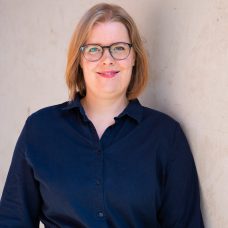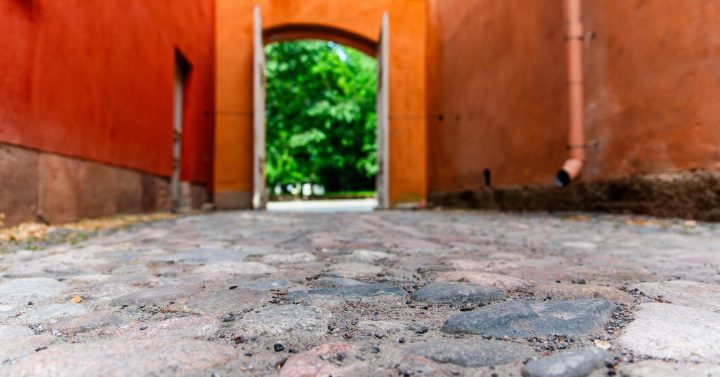Our everyday surroundings in Turku brought to life with narratives from the Middle Ages

When I encountered the medieval penitentiary documents from The Apostolic see, I was immediately taken by the local aspects. After reading the texts the past becomes alive as I walk the streets of present-day Turku. There are several intriguing mentions of the physical places of the papal letters from the medieval papal letters that give us a glimpse of the surroundings that the exponents give of their environments. Also, in the applications that originate from the diocese of Turku there are some mentions of elements from the public space of the iconic Turku market square to more detailed accounts of some buildings. It is not certain that where these buildings were exactly in Finland apart from the market square.
The earliest mention is from a typical absolution application where the applicant had broken the rules of no physical violence by taking part in a fist fight. In 1481, priest Magnus Petri tells the officials that: “a certain lay brother from the Order of Preachers in Turku, who held in his cell in the above-mentioned convent a certain boy, who happened to be the nephew of the aforementioned exponent, where no-one knew the motivations of the concealment, he by chance met the man in the public market square of the city of Turku and in a burst of anger he was taken by fury and attacked the lay-brother.” [268] It is interesting to note that famous landmark “Turun tori” is mentioned in these documents as well.
In another case it is very unclear what is happening in the situation. The applicant refers to high walls of something that I assume to mean a courtyard, and this prevented them from escaping a violent attack. In a detailed but still unclear account of events, priest Andreas Lanxii “explains that a while ago and he met with certain fellow clerics on a certain evening in a house situated in the city of Turku. Two laymen, the motivations of which are not known, being armed, broke down the door of the above-mentioned house with the intention of attacking them. As the speaker and the other clerics realized that they were surrounded and unable to escape over the high walls of the house and fearing for their safety, they fled outside the door. Then fearing not only that further invaders might prepare for yet another attack and that the first two mentioned invaders might be able to escape, the clerics escaped outside the gate. And as they entered the public street, they encountered the same heavily armed laymen, and neither of them could avoid bodily harm.” [289]
An example of a narrative that provide us with little detail, like the beginning of the explanation of Iohannes Petri where he “explains that once a deacon named Henricus Laurentii came to a certain location where the speaker was dining with some of his friends.” [354] It could be derived that they were not in a dining hall or something of the like, but it also could be that the nature of the environment is not as relevant as the drunken aggressive behavior of the party present.
Similar to this is the account given by a Petrus Laurentii, who being “a priest from the diocese of Turku, as he explains that he once broke certain locks and the door of a certain priestly property and attacked them.” [356] Here the only detail about the house is the Latin word fundus that carries the basic meaning of a ‘farmhouse’ or a just a ‘house’ in a city but mentions the locks and the door which give a more detailed account of the breaking and entering.
Unfortunately, there are no further mentions of physical sites in Turku in the penitentiary letters. As a silver lining it is comforting that by combining all the surviving documents from other European countries, we could someday construct the mental landscapes that the people of the Middle Ages held relevant.
The given citations are from the Risberg, Sara, and Kirsi Salonen. Appendix: Acta Pontificum Suecica. 2, Acta Poenitentiare: Auctoritate Papae: the Church Province of Uppsala and the Apostolic Penitentiary 1410-1526. Stockholm: Riksarkivet, 2008. Print. Document numbers in square brackets. The translations have been made with the aid of ChatGPT but corrected and styled by the author.
Hanna-Mari Kupari
The writer is a digital linguistics doctoral student who has specialized in Medieval Latin. She is interested in studying variation in texts with computational methods as well as social history of the Middle Ages. In her free time a smile is always brought to her lips when she encounters Latin for example in movies and art exhibitions.
Main image: Hanna-Mari Kupari
Portrait image: Jere Kupari
